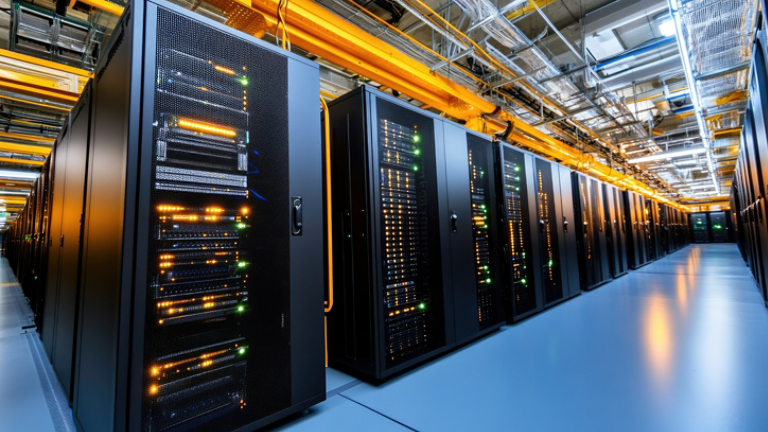Glossary
Power Usage Effectiveness (PUE)
What is PUE, and why is it important? Learn how power usage effectiveness is measured and how to optimize for it.

Quick Facts
- Industry
- Data Centers

Selecting a language changes the language and content on the Trane site.
Trane ComfortSite is an extranet site designed to save you time. With your secure login, you can:
This is the login for Trane® Connect™ and other Trane® commercial applications. Trane® Connect™ is our secure, cloud-based customer portal to access your building systems to remotely monitor and manage building systems, and conduct routine maintenance.
Latin America
Europe
Asia Pacific
Glossary
What is PUE, and why is it important? Learn how power usage effectiveness is measured and how to optimize for it.

Quick Facts

PUE is defined as a metric that measures a data center's energy efficiency. It is a ratio of the total energy used by the facility to the energy used by the IT (information technology) equipment alone. The total energy used includes power for lighting, heating and cooling, and anything else that is not an IT device in addition to those devices (servers, storage, hardware and switches).
The formula for calculating PUE is Total Facility Energy / IT Equipment Energy = PUE.
The ideal PUE is one, meaning that all the energy used powers the IT equipment. A lower PUE value indicates higher energy efficiency. PUE is a valuable tool to be used in combination with other key measurements to determine the overall efficiency of a data center. With new, higher-density chip technology, PUE consideration is now being balanced with overall data center compute output.
To improve the PUE of a data center, choose highly efficient lighting and heating and cooling systems. HVAC can contribute up to 30-45% of a data center's energy usage, so optimizing the cooling system is crucial for reducing PUE rates and uptime.
Many HVAC system components are available to help improve data center efficiency, and Trane Data Center Solutions is at the forefront of this technology. Here are just a few examples:
Cooling distribution unit (CDU) - Trane's next-gen Coolant Distribution Unit offers up to 10MW of cooling capacity, supporting efficient direct-to-chip liquid cooling for hyperscale and colocation data centers.
Air-cooled chiller - Trane Air-Cooled Magnetic Bearing Data Center Chiller maximizes cooling efficiency and reduces costs while offering advanced control and sustainability.
Fan coil wall - Trane's data center fan wall unit maintains precise temperature and humidity in server rooms, helping mission-critical data center uptime and reducing energy consumption.
PUE allows data center operators to determine a baseline, track efficiency, compare facilities and assess the impact of infrastructure upgrades over time. Measurements should be taken regularly to account for fluctuations in energy usage based on time of day and season.
Facility and IT managers can use advanced monitoring and control systems with machine learning to track progress. They can use these same controls to adjust cooling based on workload and environmental conditions.
Resources for Power Usage Effectiveness
Case study: Sustainable Data Center Solutions for Cape Augusta Digital Properties
If you're ready to upgrade an existing data center's cooling or you're designing a new facility, a Trane representative can assist you with determining the best high-efficiency HVAC system for your organization's goals.
